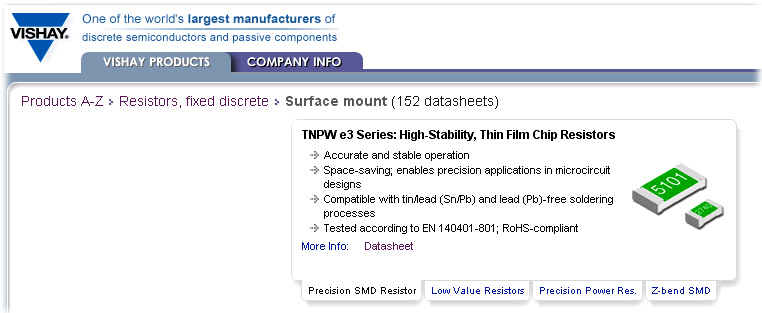Stepped audio attenuator if you ever serviced old equipment, you will know that old potentiometers are trouble makers. We all know the scratch noise of an old potentiometer, but also the channel balance at low volume can get bad. This is because the carbon layer of the Left and Right channel do not wear out identical. Wear out means, where the copper contact slides on the carbon layer, it gets thinner. (See note1) The carbon contact is no good surface contact anymore, and at some bad positions only becomes a point contact. The problem is, this occurs at the position where you use the potentiometer most. There can be dirt collected underneath the slide contact, giving distortion at very low sound level. To solve these issues, so called switched attenuators are made, also called stepped (audio) attenuator. It is made of switches and ceramic resistors.
When the carbon layer of a regular potentiometer is worn out, you have a situation where there is a (visible) patch scratched into the carbon. Underneath is the mechanical carrier layer, not carbon anymore. The situation is, you cannot measure this, because the path between the two ends is not significantly damaged. Only exactly under the slide contact it is damaged. So a 10k potentiometer will still have 10k. However, it is obvious, the slider is not on solid carbon anymore, but only contacting carbon particles. These particles can have noise generating effects, and non-linear effects. The noise you must not expect as "white noise" added, but more as a distortion ADDED to the original signal. It is not much, but at very low volume it may get audible. Non-linear effects means, the wave shape of the signal gets distorted. (or for the specialists.. the frequency spectrum gets changed). But what is theory worth... This is quickly heard in a compare tests. So when you replace a potentiometer by a stepped attenuator, and particularly at low sound level you hear a better, clearer sound, then you know now why that is. Also we challenge you to take a head phone, and with a good mono recording critically judge the channel balance of your potentiometer at low sound level. This is a very challenging task for a normal potentiometer, specially when they get older. Here the stepped potentiometer is the big winner of course. |
|---|

